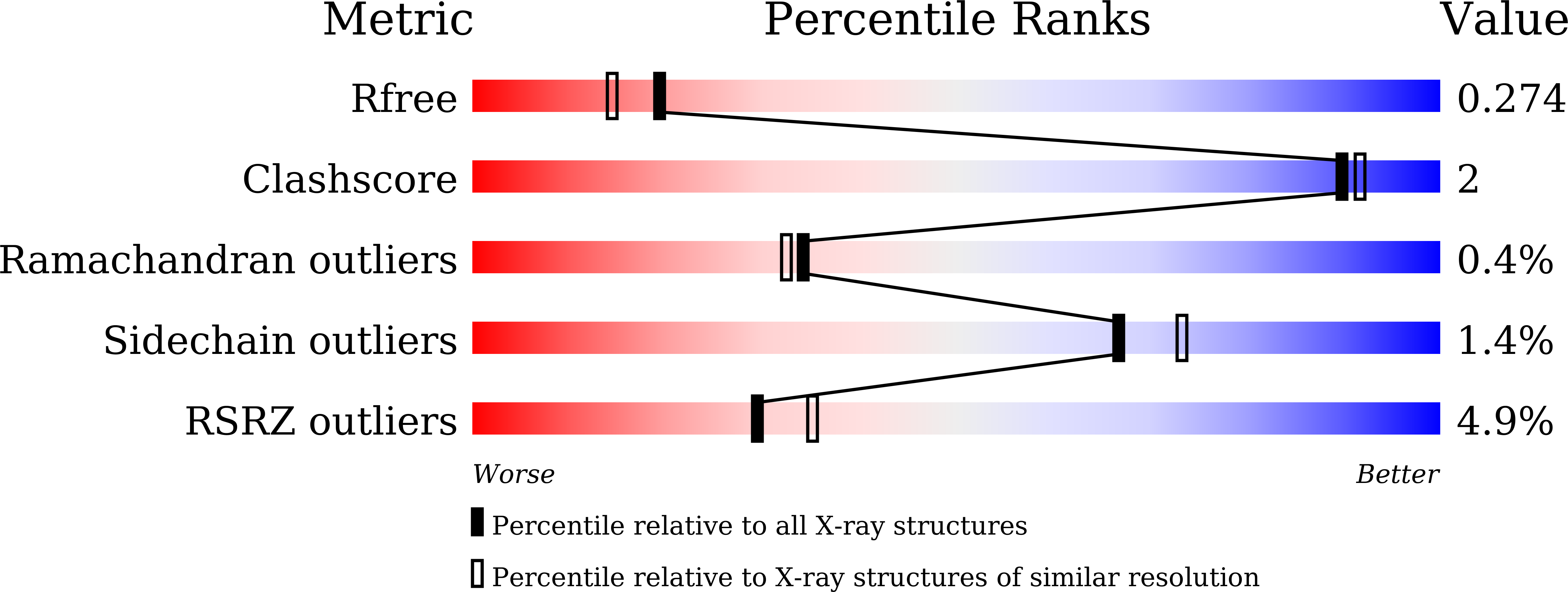
Deposition Date
2019-03-26
Release Date
2020-04-22
Last Version Date
2024-11-06
Entry Detail
PDB ID:
6JP9
Keywords:
Title:
Crsytal structure of a XMP complexed ATPPase subunit of M. jannaschii GMP synthetase
Biological Source:
Source Organism:
Methanocaldococcus jannaschii DSM 2661 (Taxon ID: 243232)
Host Organism:
Method Details:
Experimental Method:
Resolution:
2.10 Å
R-Value Free:
0.27
R-Value Work:
0.22
R-Value Observed:
0.22
Space Group:
P 21 21 21


